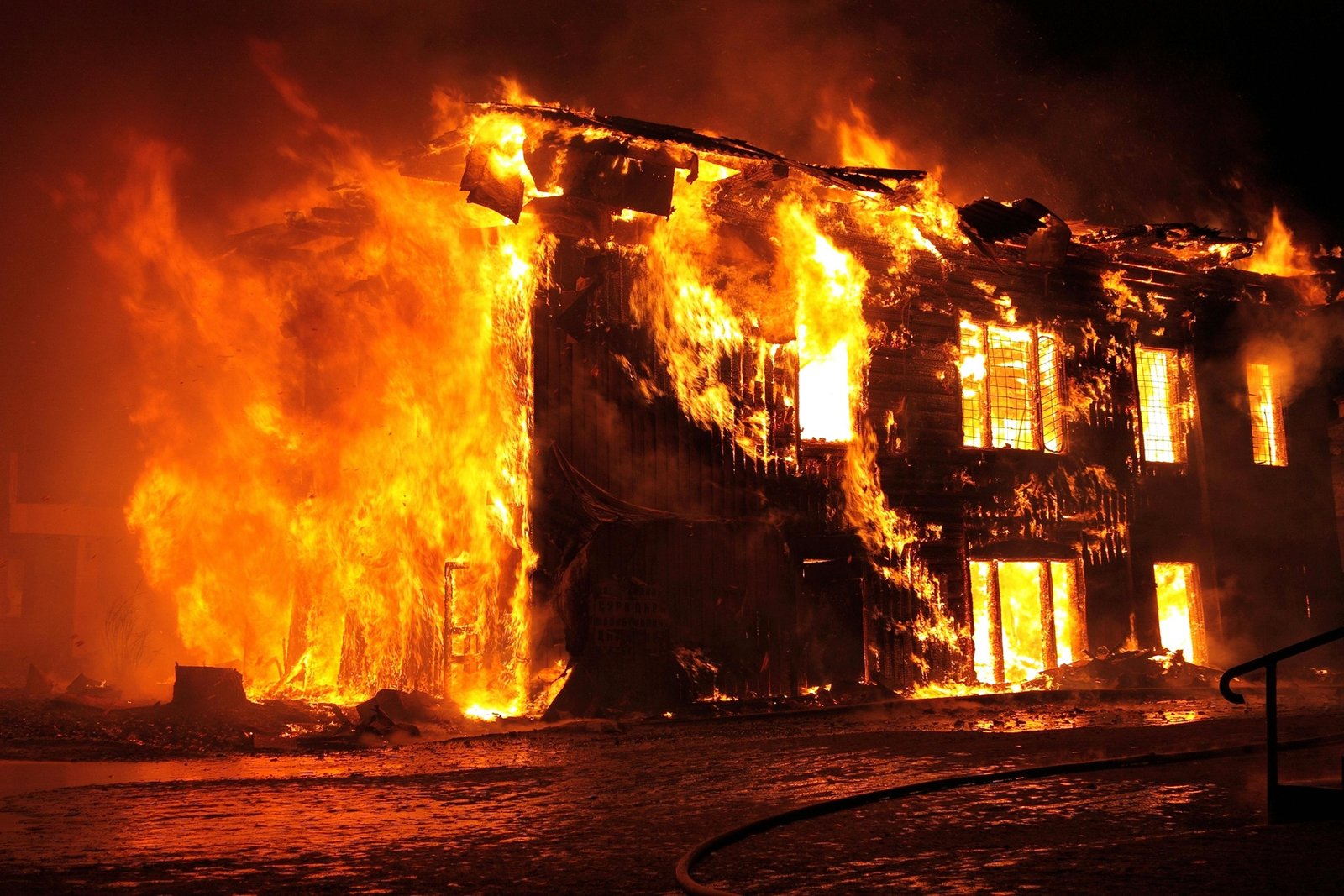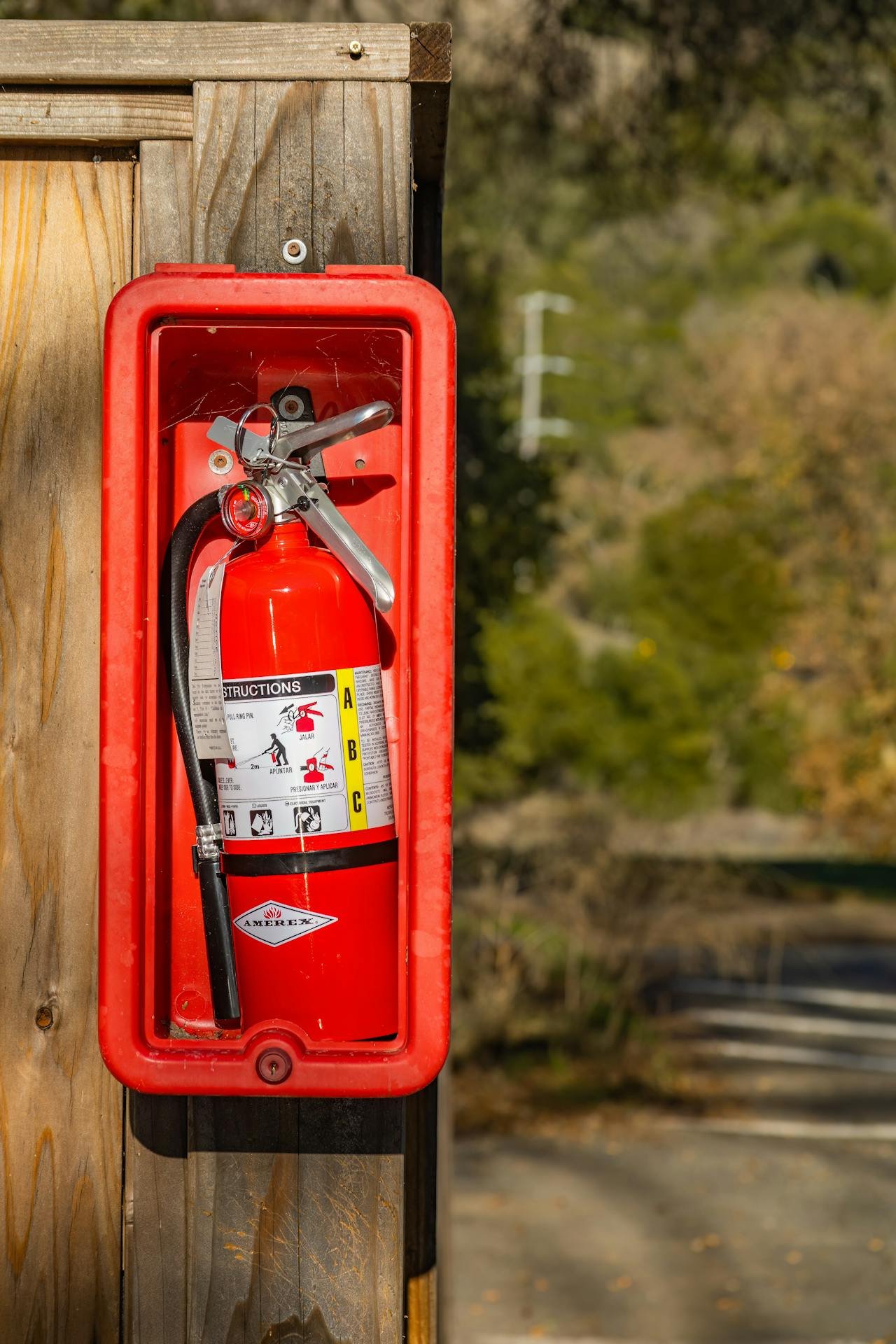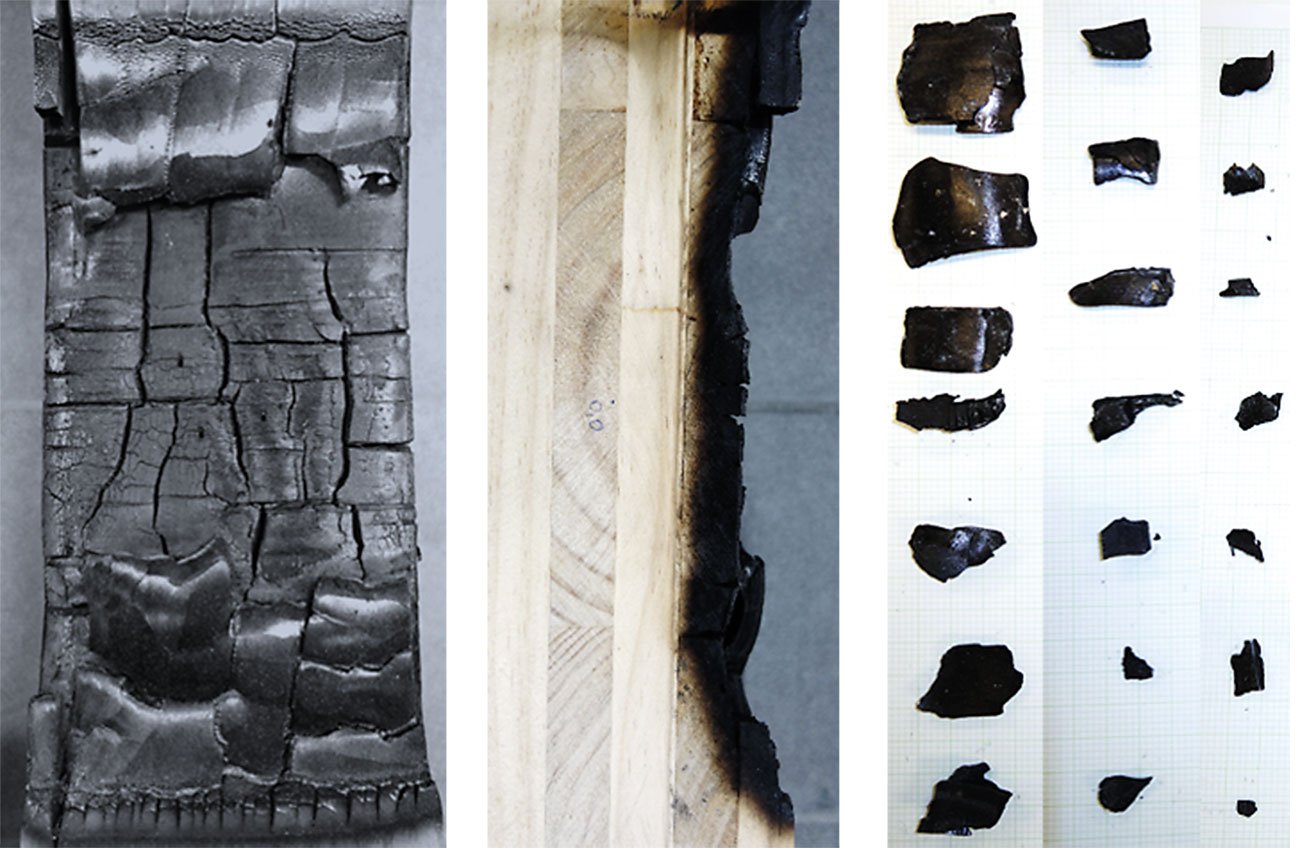Our Location
Room No: 20, Spik Building,
Chelavur (Near Markaz Juma Masjid), Medical College, Kozhikode, Kerala, India-673008

Cross-laminated timber (CLT) is an innovative engineered wood product that has gained popularity in modern architecture. Made by stacking and gluing layers of lumber crosswise, CLT forms large panels with exceptional structural integrity. This material is an eco-friendly alternative to traditional building materials like steel and concrete.
The advantages of CLT extend beyond its strength. Its sustainable profile reduces carbon emissions, and its natural aesthetics create warm, inviting interiors. Additionally, prefabricated CLT panels allow faster construction, cutting project timelines and costs.
Contrary to misconceptions, CLT performs remarkably well during fire disasters. Its ability to char predictably forms a protective layer, insulating inner layers and maintaining structural stability. These properties challenge traditional beliefs about timber’s fire vulnerability.

To ensure the safe use of CLT, fire safety standards play a vital role. Organizations like the International Code Council (ICC) and the National Fire Protection Association (NFPA) have established guidelines to regulate fire-resistant designs.
Key measures include:
Testing methods like the ASTM E119 evaluate CLT’s performance in fire scenarios, providing crucial data for architects and builders to design safer structures.

Real-world incidents provide valuable insights into the fire safety of CLT structures:
These cases underline CLT’s potential while emphasizing the importance of tailored safety measures for timber buildings.

Advancements in fire-resistant technologies are transforming CLT into a more robust material. Innovations include:
Education and transparency are key to changing public perceptions of CLT’s fire safety. As urban development trends lean towards sustainability, CLT is poised to redefine construction standards with its eco-friendly and fire-resistant properties.

Ready to start designing your dream space?
Get in touch with D&A Architects, to discuss your vision and let our expertise bring it to life.